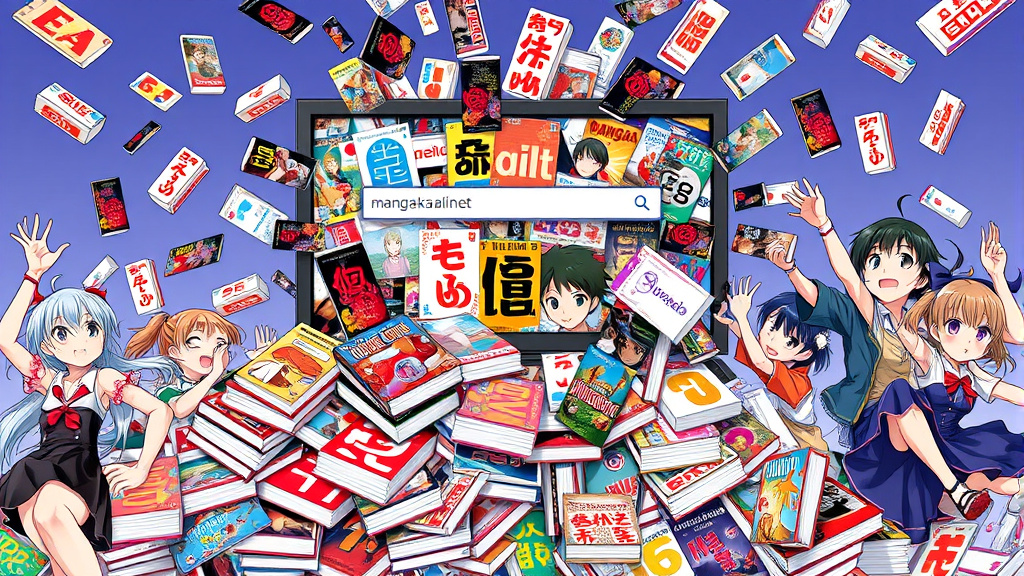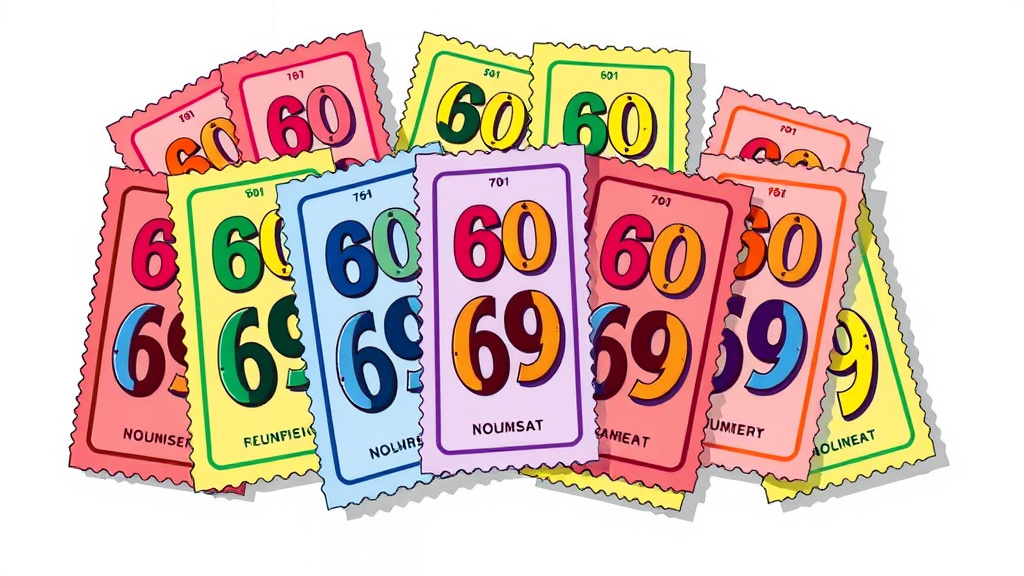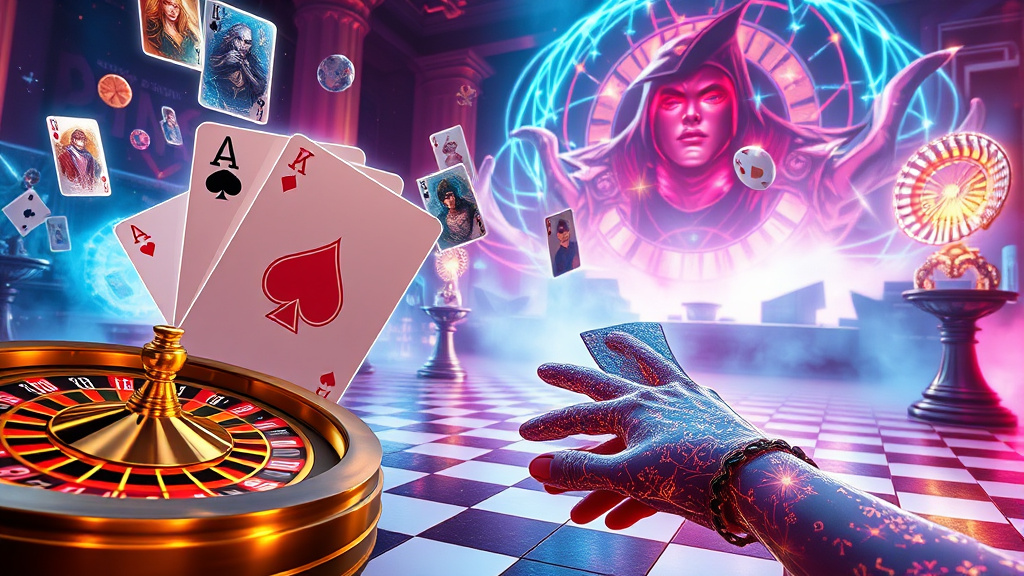In the landscape of contemporary manga and comics, few titles resonate with the level of global influence and dedicated fandom as the one piece comic. Created by Eiichiro Oda, this series has captivated millions with its adventurous spirit, complex characters, and richly detailed world. From its inception, One Piece comic has transcended traditional boundaries of storytelling, blending humor, drama, and action into an epic saga that continues to evolve with each chapter. This article explores the enduring appeal, artistic innovations, thematic depth, and cultural significance of the One Piece comic series, offering a comprehensive journey through its compelling universe.
The Enduring Appeal of One Piece: Why Oda's Epic Continues to Captivate Comic Fans
The One Piece comic remains a phenomenon because of its unparalleled ability to combine adventure with emotional storytelling. Eiichiro Oda’s masterful storytelling crafts a universe where every arc introduces new worlds, alliances, and conflicts that keep readers hooked. Beyond the surface, the series delves into themes of friendship, dreams, freedom, and sacrifice, striking emotional chords that resonate deeply with audiences worldwide. Fans flock not just for the action but for the series' depth—its characters are relatable, flawed, and evolving, making their journeys both inspiring and immersive.
Oda’s knack for pacing and suspense keeps the story fresh, balancing comedy and serious moments seamlessly. The One Piece comic also benefits from a dedicated community that engages with theories, fan art, and cosplay, fueling its continued relevance. Its longevity proves Oda’s ability to adapt and grow with his audience, introducing new layers of complexity and intrigue over decades. This persistent relevance, coupled with its universal themes and engaging art, explains why One Piece comic has cemented its status as a cultural staple and a vital part of manga history.
 Hình minh họa: one piece comic – site manga english
Hình minh họa: one piece comic – site manga englishExploring the Visual Storytelling Techniques in Eiichiro Oda's One Piece Manga
Eiichiro Oda’s visual storytelling is a hallmark that elevates the One Piece comic beyond simple illustration to a dynamic narrative form. Oda’s use of exaggerated expressions, unique character designs, and inventive panel layouts ensures each page is vibrant and engaging. His mastery of motion and emotion is evident in fight scenes, where the fluidity of action captures chaos and intensity, immersing readers into the battle. Additionally, Oda employs varied perspectives, close-ups, and symbolic imagery to add layers of meaning—sometimes subtly foreshadowing future plot twists or emphasizing character development.
The One Piece comic also excels through its meticulous world-building reflected in its art. Backgrounds are detailed with fantastical elements and cultural influences from various nations within the story, adding authenticity and depth. Oda’s clever use of color (in the anime adaptation) and monochrome shading in the manga helps establish mood—whether it's the warmth of a seaside village or the dread of a looming threat. Overall, Oda’s visual storytelling creates a rich tapestry that communicates much more than words, making the One Piece comic a masterclass in manga artistry.

One Piece Comics: A Deep Dive into World-Building, Characters, and Themes
The One Piece comic stands out for its expansive world-building, creating a universe teeming with diverse islands, societies, and mythologies. Oda’s attention to detail ensures that each new location feels unique, with customs, cuisines, and political struggles that contribute to an immersive experience. This layered universe supports the series' central themes of freedom and exploration, encouraging readers to venture beyond their comfort zones. The vast scope of the One Piece comic also allows for a multitude of storylines, ensuring that fans always find new facets to explore within its sprawling narrative landscape.
Character development is another cornerstone of the One Piece comic. From Monkey D. Luffy’s unwavering optimism to Zoro’s stoic discipline, each member of the Straw Hat crew embodies traits that inspire empathy and admiration. Oda masterfully navigates their backstories, fleshing out their motivations and struggles. Thematically, the series explores morality, justice, and the pursuit of dreams—often questioning authority and societal norms—making it as thought-provoking as it is entertaining. This combination of rich characters and profound themes ensures that the One Piece comic remains relevant and emotionally resonant for generations.
The Evolution of Art and Narrative in the One Piece Comic Series
Over its decades-long run, the One Piece comic has showcased a remarkable evolution in both art and storytelling. Early arcs featured more simplistic character designs and straightforward narratives, but as Oda’s confidence grew, so did his artistic sophistication and narrative complexity. The series began to incorporate intricate backgrounds, detailed character expressions, and more elaborate fight choreography that enhances storytelling punch. Narratively, Oda transitioned from lighthearted adventures to exploring darker, more mature themes—revealing the series' versatile storytelling capabilities.
This evolution mirrors Oda’s growth as a creator, reflecting shifts in his artistic style and thematic focus. The series now features complex plot twists, morally ambiguous characters, and layered storytelling that invites close analysis. The One Piece comic also experiments with varied storytelling techniques—such as flashbacks, dual timelines, and foreshadowing—that enrich its narrative depth. Watching the art and storytelling evolve over time demonstrates the series’ adaptability and Oda’s dedication to delivering a compelling, continuously fresh manga experience.
Beyond the Anime: Appreciating the Nuances of the One Piece Comic Experience
While the One Piece comic has garnered significant popularity through its anime adaptation, experiencing it through the manga offers unique nuances that enhance appreciation. The manga allows readers to savor Oda’s artwork in its raw form, appreciating his detailed linework, panel composition, and subtle facial expressions that may be less prominent in animated scenes. Reading the comic also provides a slower, more contemplative experience—giving fans time to analyze imagery, decipher symbolism, and connect storyline intricacies at their own pace.
Moreover, the manga often contains extra scenes, dialogue, and foreshadowing that are omitted or altered in the anime. These nuances deepen understanding of characters’ internal struggles and motivations, creating a more intimate connection. For dedicated fans, the One Piece comic becomes a treasure trove of insights, offering a layered experience that complements and enriches the animated adaptation. Embracing the comic’s nuances fosters a deeper appreciation of Oda’s craftsmanship and the story’s multi-dimensionality.
Analyzing the Influence of One Piece on Contemporary Comic Art
The impact of the One Piece comic on contemporary manga and comic art is undeniable. Its inventive character designs, dynamic action sequences, and intricate world-building have inspired countless artists and creators, shaping modern storytelling aesthetics. Many manga now emulate Oda’s vibrant style and fluid panel layouts, pushing the boundaries of visual storytelling. Its success has also demonstrated the viability of long-running serialized manga, encouraging creators to develop expansive narratives without sacrificing artistic quality.
Furthermore, One Piece’s cultural influence extends beyond art, affecting storytelling conventions and themes across various media. Its themes of friendship, resilience, and adventure resonate universally, influencing popular culture and inspiring adaptations in different formats. The One Piece comic exemplifies how innovation and emotional storytelling can foster global community engagement, setting new standards for comic art that prioritize character depth and immersive world-building. Its legacy continues to shape the evolution of manga and comics worldwide.
One Piece Comic vs. Anime: A Comparative Analysis of Adaptations
While both the One Piece comic and its anime adaptation share the same foundational narrative, they offer distinct experiences for fans. The comic’s primary strength lies in its detailed artwork and careful pacing, allowing for nuanced storytelling and artistic appreciation. Conversely, the anime adds motion, voice acting, music, and sound effects, transforming the story into an immersive audiovisual spectacle. Fans often debate whether the anime’s fillers and pacing issues detract or enhance the experience, but both mediums have distinct advantages depending on personal preference.
Comparative analysis reveals that the manga often presents a more cohesive and detailed narrative flow, while the anime excels in emphasizing emotional scenes through sound and animation. The One Piece comic also offers additional scenes and richer artwork, making it a preferred choice for purists seeking the creator’s original vision. Ultimately, both adaptations complement each other, providing fans with varied yet equally captivating ways to enjoy Oda’s masterpiece. Appreciating their differences fosters a broader understanding of storytelling across media.
The Community and Culture Surrounding the One Piece Comic Phenomenon
The One Piece comic has fostered a vibrant global community united by a love for adventure, friendship, and discovery. Online forums, fan conventions, and social media platforms thrive with fan art, theories, cosplay, and fan fiction that celebrate the series. This communal engagement not only sustains its popularity but also encourages creative expression and shared passion. The culture around One Piece highlights how storytelling can transcend entertainment, creating a sense of belonging and collective identity among fans.
Moreover, the cultural impact extends into real-world initiatives, such as charity events inspired by the series’ themes of generosity and kindness. The community’s dedication mirrors the series’ core messages, making One Piece more than just entertainment—it's a cultural movement. The series serves as a source of inspiration and hope, reinforcing the power of storytelling to forge bonds and inspire social good. Celebrating this community underscores how deeply One Piece has embedded itself into fans’ lives worldwide.
Key Moments and Arcs That Define the One Piece Comic Legacy
Certain arcs within the One Piece comic have become iconic, shaping the series’ legacy and influencing countless fans and creators. The Enies Lobby Arc, with its intense battles and emotional sacrifice, exemplifies themes of loyalty and justice. Similarly, the Marineford War arc is renowned for its high-stakes drama and pivotal character moments that redefine the narrative’s scope. These key moments exemplify Oda’s ability to weave action and emotion seamlessly, making them memorable milestones in manga history.
Looking beyond individual arcs, the series’ overarching legacy is built on moments that challenge perceptions and push boundaries—such as Luffy’s declaration of independence or the revelation about the Void Century. These pivotal moments fuel ongoing discussions and theories, emphasizing how One Piece continually evolves and surprises its audience. Their influence extends beyond entertainment, inspiring real-world conversations about morality, freedom, and perseverance, cementing the series’ status as a timeless masterpiece.
From East Blue to the Wano Country Arc: Tracing One Piece's Comic Journey
Tracing the journey of the One Piece comic from East Blue to the Wano Country Arc reveals a remarkable evolution of storytelling and art. The early East Blue adventures laid a strong foundation with simple yet charming artwork and straightforward storytelling, introducing characters and themes that would grow in depth over time. The progression to later arcs showcases Oda’s increasing sophistication—darker themes, complex characters, and refined art styles—reflecting both growth as a storyteller and the expanding scope of the universe.
Each arc builds upon the last, reinforcing the series’ core themes of friendship, dreams, and perseverance while constantly introducing fresh conflicts and worlds. The Wano arc, with its rich cultural influences and intricate political intrigue, exemplifies how far the One Piece comic has come from its humble beginnings. This journey underscores a persistent creativity and commitment to storytelling excellence—qualities that continue to captivate fans and elevate the manga’s legacy across generations.
Conclusion
In conclusion, the One Piece comic stands as a monument in contemporary manga and comic art, celebrated for its captivating storytelling, innovative visuals, and profound themes. Eiichiro Oda’s masterful craft spans decades, evolving in both artistic style and narrative complexity, while maintaining a core message of friendship and perseverance that resonates universally. Its expansive world-building, memorable characters, and iconic moments have built a dedicated community that transcends geographical and cultural boundaries, making it a true cultural phenomenon. The series’ influence on modern comics, its comparative successes across media, and the passionate fandom all highlight why One Piece endures as one of the most beloved and influential manga series in history. Its journey from humble beginnings to global legend illustrates the power of storytelling to inspire, unite, and captivate—and it continues to chart new horizons in the world of comics.





